A Classic Console Crosses the River: Water Music’s Neve 8088 Comes to The Bunker Studio
Picture if you will…you’re not an audio maven but a recording console — and not just any console.
You are a Special Desk with sought-after circuitry, creating amazing accomplishments. Sweet, sweet music has flowed through your channels, facilitating sounds that please humans (and the occasional cat and dog). These sounds become songs known as “hits” and “timeless classics,” benefitting the very planet from which your metal frame was mined.
The reward for this success is not exactly what you’d expect, however. Despite your platinum track record, the loving environment in which you live — something called a “studio” — is uprooted around you. You are torn apart, wrapped in plastic, exhumed and groomed, then reassembled in a whole new room. Different humans are touching your faders, hearing how you speak, and melting away with sensual pleasure. Other times they practically explode with excitement.
You are in a different home yet again, but your destiny remains the same: Help make music that’s truly great — in a way that very few of your fellow consoles can.
A 1979 Neve 8088: It’s Life and Times
A Neve 8088 console was commissioned at The Bunker Studio in Brooklyn recently, and this is indeed a desk of distinction. It’s just moved across the river from Water Music Recorders, the famed Hoboken studio which is currently being relocated by founder Rob Grenoble to get his Sandy-scarred facility safe from the flood plain.
Water Music originally opened at 201 Grand Street in 1982, then outgrew its infrastructure and moved to 931 Madison Street nine years later. That’s when it took delivery of the 48-channel, Flying Faders-equipped Neve 8088 that would go on to record a mind-boggling number of records, spanning every imaginable genre. A very short list of clients includes the Dave Matthews Band, Beyoncé, Allman Brothers Band, Shakira, Sonic Youth, Social Distortion, R. Kelly, Taking Back Sunday, Esperanza Spalding, Ween, Lamb of God, Pharaoh Sanders, Jimmy Eat World, Joey Ramone, The Hold Steady, Ryan Adams, Ben Folds Five, U2, Grizzly Bear, and scores more.
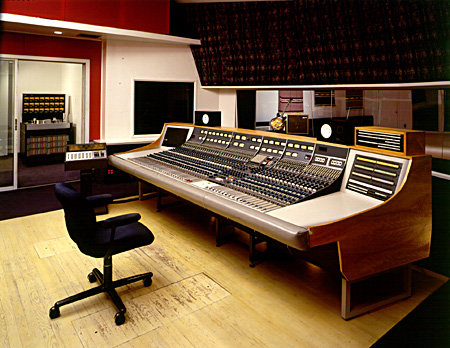
The Big Room at Water Music, which served as the Hoboken home for the circa-1979 Neve 8088 from 1993 until 2017.
Along with Grenoble’s re-imagining of Water Music came a difficult decision: move forward from the Neve 8088 he now knew so well from over a quarter-century together. Bidding adieu to the board couldn’t have been easy — built in 1979, it’s among the family of 80-series consoles representing the last of the hand-wired analog desks constructed by Sir Rupert Neve and his team. There’s a very short list of 80-series consoles in service today, at top studios including Blackbird and Ocean Way in Nashville, EastWest Studios in LA (an 80-channel edition that captured Michael Jackson’s Thriller), ElectraSonic Sound in Vancouver, Sonic Ranch in Tornillo, TX, as well as Electric Lady Studios and Oscilloscope Laboratories in NYC.
“Our Neve 8088 was one of two 8088 consoles built for an audio video school in Vancouver, Canada,” Grenoble says. “The school was privately run but it was financed by the Canadian Broadcasting Corporation. Their tech knew it was the Holy Grail of consoles and the console had superb maintenance while in Vancouver. The school had a 24-track analog tape machine and, as far as we could tell, the students never got past channel 24. Channels 1-24 were barely used and channels 25 – 48 were literally brand new when the desk arrived in Hoboken.”
The audio school converted to digital platforms in 1993 and sold both Neve 8088’s. Grenoble landed one for Water Music, and the other was installed at Sunset Sound in Los Angeles where it still resides. Over the 25 years his Neve 8088 helmed Water Music, Grenoble became not enamored just of its sound but its operation.
“The list of superstars who recorded on it speaks for itself,” he states. “If you’ve ever seen someone take a Hammond B-3 and Leslie to its limit, you know that what comes out is a combination of talent and the craziest physical interactions with drawbars, Leslie speed rotor, pedals etc… An 8088 is a similar beast. To watch the greatest engineers in the world drive that console was always fascinating: Michael Barbiero, John Agnello, Dave Darlington, Niko Bolas, Clive Langer and Alan Winstanley…Wow.”
Hands Across the Water
Your journey takes you from a place you’ve known a long, long time. You are leaving a land with a gentle, beautiful name — it’s called Water Music — to somewhere that sounds much tougher. What will life be like at the Bunker?
At the Bunker Studios in 2017, things were humming as usual for co-founders Aaron Nevezie and John Davis. Their Studio A — an unabashed mini-me of Tony Bongiovi’s classic Power Station main live room — had recently been upgraded with the addition of an 1896 Steinway C grand piano. The SSL 4000 E in residence there was well-regarded.
But then a communiqué came in from their tech, the highly respected Ken McKim, who was also maintaining the gear for Grenoble. “He messaged us and said, ‘Look, this console’s going to become available and I think it’s perfect for you guys,’” Nevezie recalls. “We had discussed various options with him that we were thinking about as a studio for expanding and growing. So he was the one that put us in touch with Rob.
“I called Rob immediately and talked to him about it,” continues Nevezie. “He said we were the first in line. That’s thanks to Ken, who had really sold him on the idea of the Neve staying in New York. So we met Rob as soon as we could and started to figure out how we were going to do it. We were dealing with all the details for about two months to actually lock the whole thing down, but Rob was super, super helpful in waiting for us to get our side of things together, because I know he had other offers on the console.”
The Bunker took delivery at the end of December, unwrapping a 48-channel Neve 8088 with 48 31102 mic pre/EQ’s and four Neve 32264 compressor/limiters, in a traditional Neve 80-series configuration allowing the console to be run inline or split. After about a month in storage, Davis and Nevezie, no strangers to the intense logistics of switching consoles, were ready to make the mountainous move of putting the Neve 8088 into Studio A, keeping their 24-channel Neve 8058 in its longtime home of Studio B, and transferring the SSL 4000E from A into an entirely new extension of the Bunker currently being built out next door to the existing studio.
“The 8088 in Studio A is basically the same console as the 8058 in Studio B, but twice as big,” Davis notes. “One of the other things we got from Water Music that seems less glamorous, but is actually incredibly functional and amazing is we ended up buying eight-and-a-half foot tall gobos from Allaire Studios. It the sort of thing that doesn’t really get built these days, but it has transformed our workflow in terms of isolation and being able to control the acoustics of the live room even more.”
“Everything Sounds Better”
Since (studio) time is money, the Bunker pressed their new Neve into service ASAP. It was trial by fire for the console with a Day One session for jazz pianist Kevin Hays, followed soon after by a diverse slate of sessions including the Akron, OH country band Shooter Sharp and the Shootouts, a record co-produced by guitarists Jim Campilongo and Luca Benadetti, jazz sessions, a TV project, and more.
“The feedback so far has been pretty amazing,” Nevezie reports. “People are freaking out. ‘It sounds huge!’ is the best way to characterize the response of the engineers who have used the console. It’s just so easy to get sounds, it feels like you’re cheating in a way.
“It sounds that much bigger and punchier and more exciting, all those Neve things that you expect to happen. You don’t find yourself reaching for the EQ, the compression, in the same way. You immediately have a presence and a visceral nature that makes it so satisfying, so quickly. And the clients have definitely noticed it as well.”
While the overall sound of Studio A has received an upgrade, Davis and Nevezie have observed specific areas of strength for the 8088. “Things I’ve noticed have been the way the low end is tighter on things like electric bass, acoustic bass, kick drum,” says Nevezie. “The openness on the top end — the cymbals have been amazing. Also just doing scratch vocals on an AKG 441 or a Shure SM7, mics that usually sound pretty good for scratch vocals there’s been a couple times where I’ve said, ‘Wow! That mic sounds really good all of a sudden!’”
“The piano just completely opened up,” Davis adds. “Same great mic, same amazing instrument, but before we’d sometimes have problems with murkiness or some cloudiness from transformers getting a little thick and phase-shift-ey in the low end with certain mic pres. Immediately all of those problems went away. It was like, ‘Oh, that’s just perfect now. Everything sounds better.’”
The Studio Shuffle
With their latest addition, the Bunker now has Neve 80-series consoles in both of its main studios — a rare distinction that makes the rooms a better match than they were previously.
“Studio A is one of the few big tracking rooms left in New York for live music, really,” Nevezie says of their main live room, a Rod Gervais-designed space with 25-foot cathedral ceiling. “People liked working on the SSL — the flexibility is amazing and it’s great for mixing, of course — but most people would rather be tracking on a Neve console.
“So as a tracking room it makes more sense to have a Neve in there. People would always ask, ‘Why do you have a Neve in the B room and an SSL in the A room?’ A lot of times the B room is a little too small for the size of the tracking sessions in Studio A. It was always on our minds that a Neve would be the perfect option there, it was just a matter of finding the right console.”
“The other thing we feel is pretty special element to what the Bunker can offer,” says Davis, “is with a Neve 8088 in Studio A and a Neve 8058 in Studio B, what people can do now is basically continue a project from room to room. If you’re going to be moving to an overdub mode you can go into B, continue working on basically the same preamps and basically the smaller version of that console. That’s a really useful thing for people working on projects here because if they want to continue working with consistency, I think this is one of the very few places in the world that have a couple of 80-series Neves in the same facility.”
All of this activity has the Bunker literally bursting at the seams. Which is why rather than listing the SSL on eBay, the Bunker developed a more productive idea of what to do with their 4000 E. In an even bigger gambit, the board is anchoring an expansion into space that became available next door.
Soon there will be an even bigger Bunker Studio, with an SSL-centric mix room, mastering facility for the acclaimed engineer Alex DeTurk, and an additional production/mix room available for rent. The facility is being designed by the prolific Belgium-based acoustician Thomas Jouanjean of Northward Acoustics. ETA for completion is Q3 of 2018.
Be Aggressive, B E Aggressive
These musical humans really seem happy here in the Bunker, too. You can see their faces light up when they listen to you. Moving is never easy, but no matter where you go, you feel the love. You know you’re gonna like it here.
Studio changeover is a constant in Brooklyn due to myriad factors like the increasing value of real estate — that’s one big reason why even the Converse-supported Rubber Tracks shut down at the end of 2016. Meanwhile, since launching at its current location in 2011, the Bunker has modestly made statement after statement with each one of its moves, in an environment where simply staying open and profitable seems laudable enough.
For Davis and Nevezie, gambles like bringing in the Water Music Neve 8088 and adding yet another wing aren’t supposed to be flashy, however. Instead, they simply represent an ongoing commitment to delivering the best possible sonic results for their clientele.
“The Bunker has established ourselves over the last seven years as one of the go-to tracking rooms for a lot of people in the New York area, as well as to national clients,” Nevezie says. “It was a DIY, homegrown thing, but over time we built it up. The SSL is great, but it’s not the ideal tracking console for a room like that. We’ve finally got the sort of desk that our clients deserve when they’re working in a room with those kinds of acoustic properties.
“And we’re also feeling very fortunate that we’re able to give a home to a console that’s pretty legendary in the New York scene,” he continues. “It’s a desk that a lot of people know, and we’re a room that a lot of people know. We’re combining the best of both worlds.”
— David Weiss
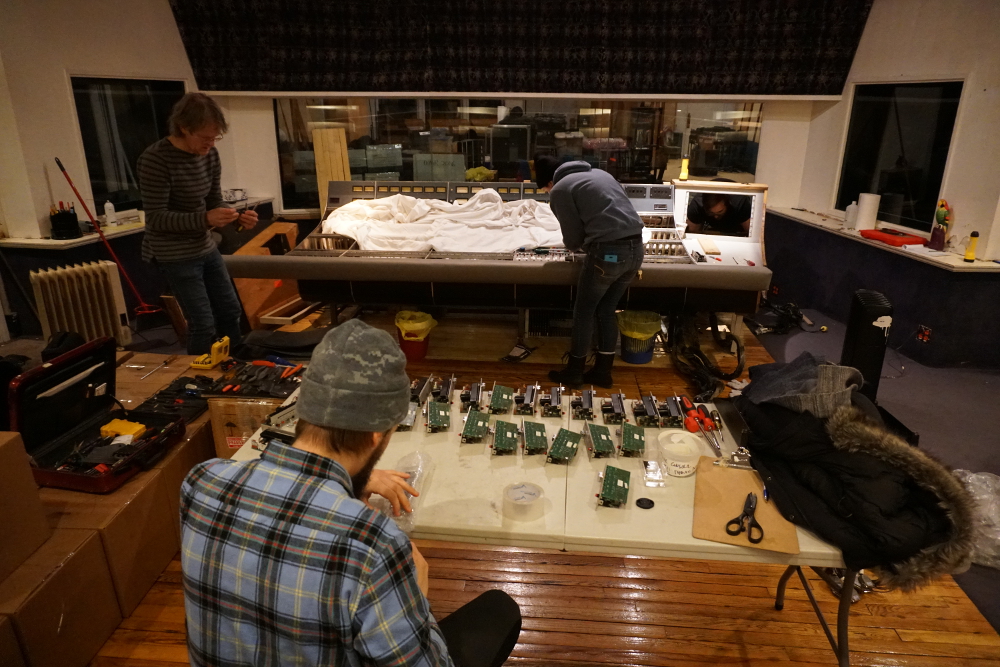
Some (dis)assembly required: Jacopo Frapporti (foreground) was part of the decommissioning effort at Water Music.
Please note: When you buy products through links on this page, we may earn an affiliate commission.







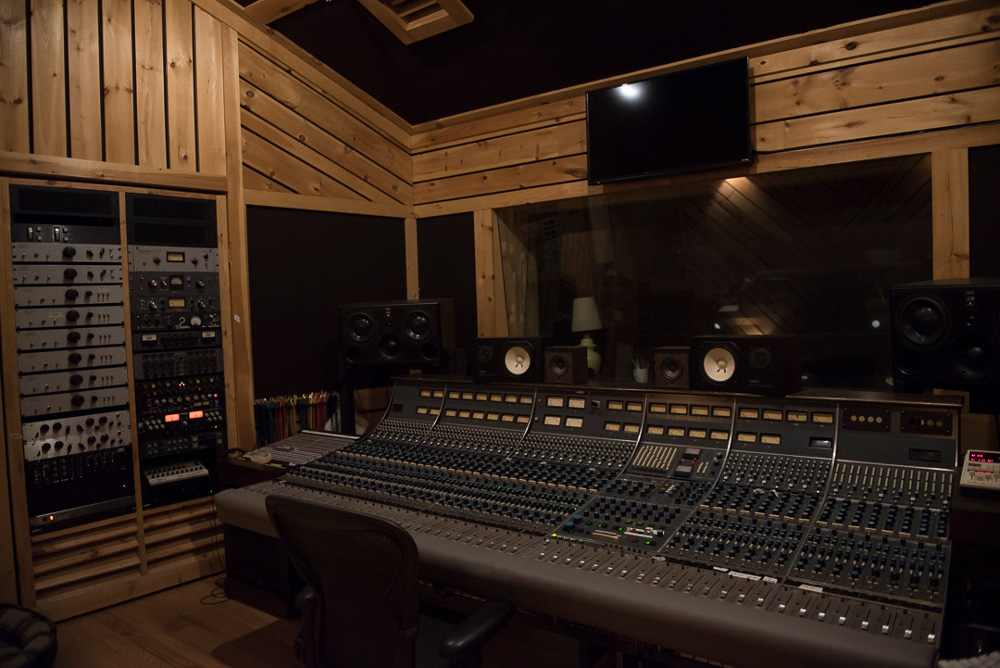
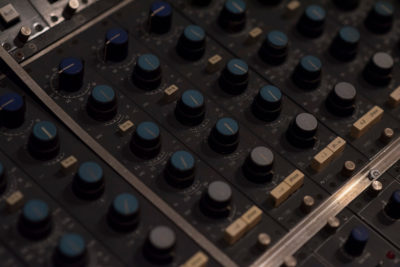
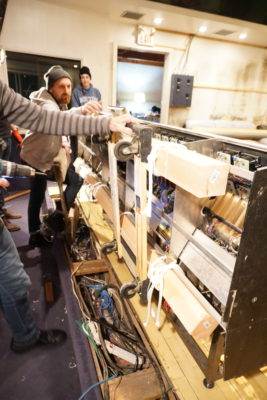
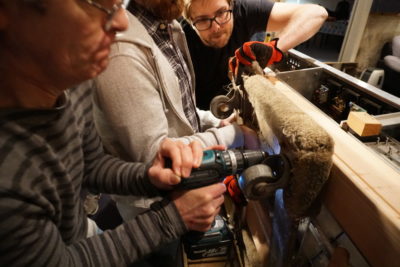
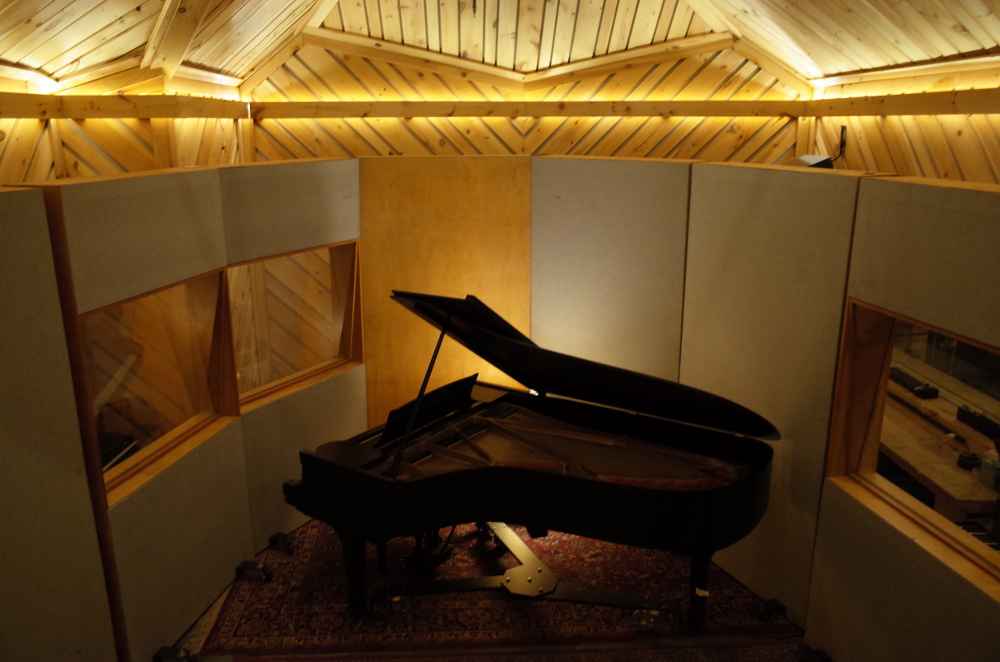
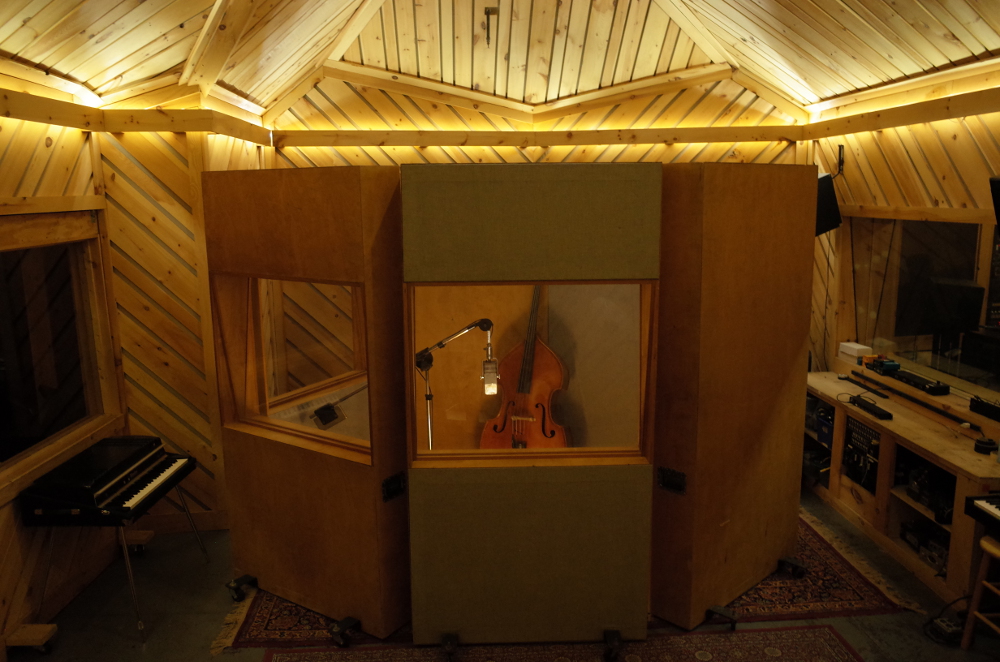
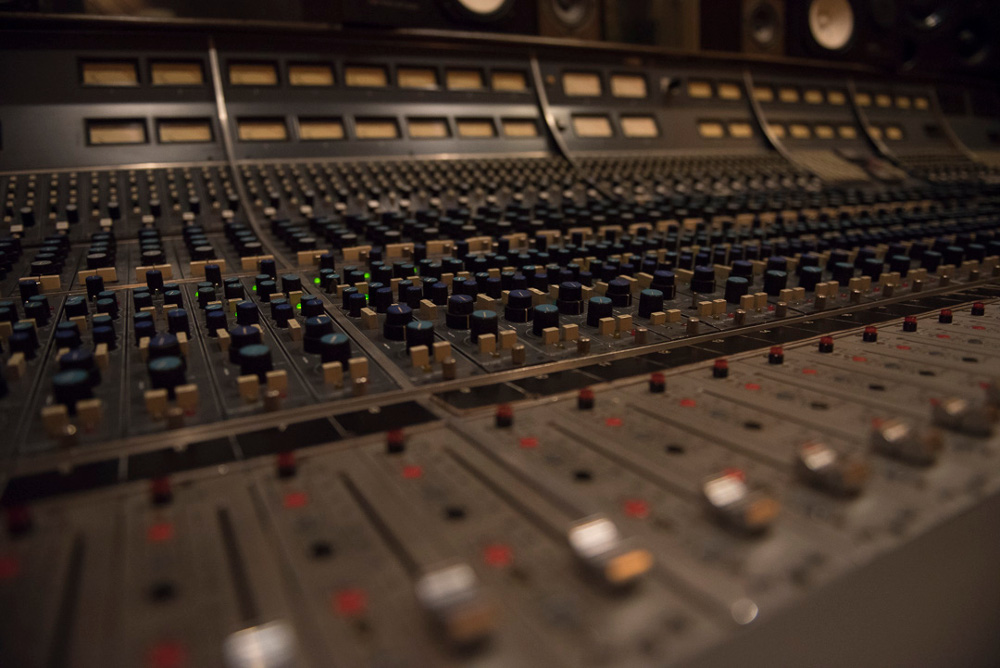
[…] You are a Special Desk with sought-after circuitry, creating amazing accomplishments. Sweet, sweet music has flowed through your channels, facilitating sounds that please humans (and the occasional cat and dog). These sounds Read more… […]